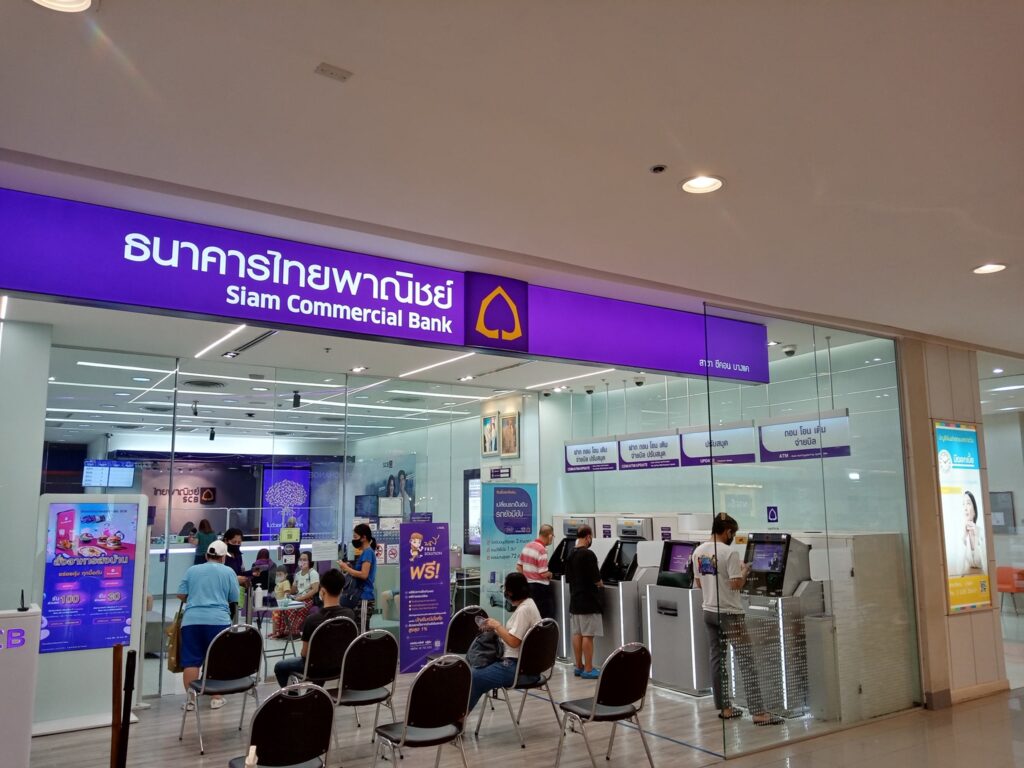Main Points:
- Siam Commercial Bank (SCB), Thailand’s oldest commercial bank, has partnered with fintech company Lightnet to launch an international remittance service using stablecoins.
- This service enables 24/7 cross-border transactions, reducing costs and making it an attractive option for high-value currency transfers.
- The new service has been tested in the regulatory sandbox provided by the Bank of Thailand.
- Stablecoins are increasingly being used in developing countries as a store of value against rapidly depreciating local currencies.
- Recent data from Chainalysis shows that stablecoins account for 43% of crypto transactions in Sub-Saharan Africa.
- In Latin America, stablecoin adoption is growing as remittances in countries like Venezuela are increasingly conducted using digital assets.
The advent of stablecoins in the world of financial transactions has revolutionized how cross-border payments are made, particularly in developing regions. In Thailand, Siam Commercial Bank (SCB), the country’s oldest commercial bank, has now ventured into this space, partnering with fintech company Lightnet to introduce a new international remittance service based on stablecoins. This service promises not only to streamline global transactions but also to offer an alternative for users seeking to avoid the traditional banking fees associated with money transfers.
Stablecoin-Based Remittance Service by SCB
Siam Commercial Bank, in collaboration with Lightnet, aims to reshape the cross-border payments landscape by enabling 24/7 transactions using stablecoins. The key advantage of this service lies in its cost efficiency and speed, as stablecoins allow users to send and receive money globally without the delays or high fees typically incurred by traditional money transfer methods. This service is especially beneficial for high-value transactions and is set to gain traction among retail customers, corporations, and institutional investors.
Lightnet’s CEO, Tridbodi Arunanondchai, emphasized the benefits of this partnership, stating that the use of stablecoins lowers the capital requirements for each transaction, thereby promoting financial inclusion. Furthermore, the service offers a unique value proposition, catering to a diverse range of clients with tailored solutions.

Thailand’s Regulatory Sandbox
To ensure the service meets the country’s regulatory standards, it was rigorously tested through Thailand’s regulatory sandbox, a controlled environment provided by the Bank of Thailand. This sandbox allows financial institutions to experiment with new digital asset technologies under a relaxed regulatory framework, ensuring that they can innovate without legal risks. SCB’s successful testing of this service sets the stage for broader adoption of stablecoin-based solutions across the nation’s financial institutions.
The Role of Stablecoins in Developing Economies
Stablecoins have emerged as a powerful tool in developing countries where local currencies are prone to rapid devaluation. In such regions, they serve as a reliable store of value, safeguarding citizens’ purchasing power. A recent report by Chainalysis revealed that stablecoins accounted for approximately 43% of cryptocurrency transactions in Sub-Saharan Africa. This trend highlights how stablecoins can fill the gap left by volatile local currencies, providing stability in an otherwise uncertain financial environment.
Eric Jardine, a cybercrime research lead at Chainalysis, noted that there is a strong correlation between currency depreciation and the adoption of stablecoins. As local currencies lose value, people increasingly turn to stablecoins to preserve their wealth and make cross-border transactions more reliable.
Stablecoin Usage in Latin America
The rise of stablecoins is not limited to Africa; Latin America has also seen a surge in their adoption. In Venezuela, for example, around 9% of all remittances in 2023 were conducted using cryptocurrencies. Chainalysis data further indicates that more than 50% of digital asset remittances sent to Venezuela were in the form of stablecoins. This trend is reflected across other Latin American countries like Argentina, Colombia, Brazil, and Mexico, where citizens are increasingly using stablecoins to protect their savings and make global payments.
In March 2024, Mastercard, a major global payment processor, released a report analyzing remittance trends in South America. The report found that the region’s remittance volumes were growing faster than those in other parts of the world. According to Mastercard, blockchain assets like stablecoins are poised to capture a larger share of this growing market, facilitating the region’s transition toward a more digital economy.
Siam Commercial Bank’s foray into stablecoin-based remittance services highlights the increasing importance of digital assets in today’s financial landscape. By leveraging stablecoins, SCB and Lightnet have provided a cost-effective, fast, and reliable method for cross-border transactions, particularly benefiting high-value transfers. This move is indicative of a broader trend, where stablecoins are gaining prominence in developing regions as a store of value and a vehicle for remittances. As countries like Thailand and regions like Sub-Saharan Africa and Latin America continue to adopt these digital currencies, the global financial ecosystem is poised for significant transformation, driven by innovation and financial inclusivity.


